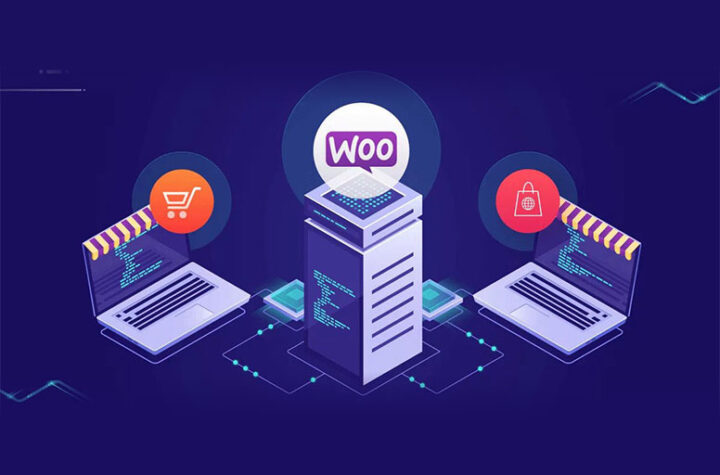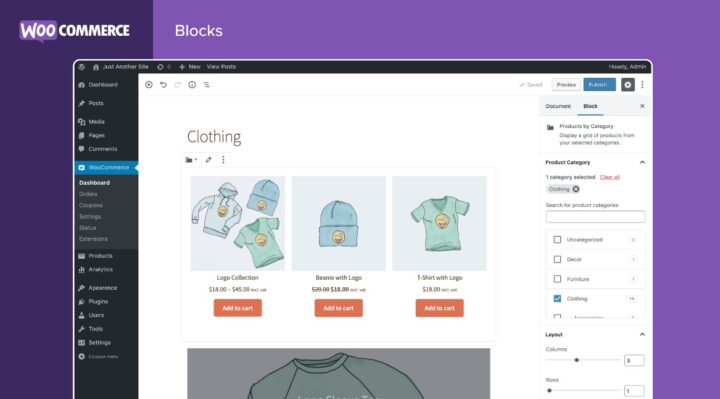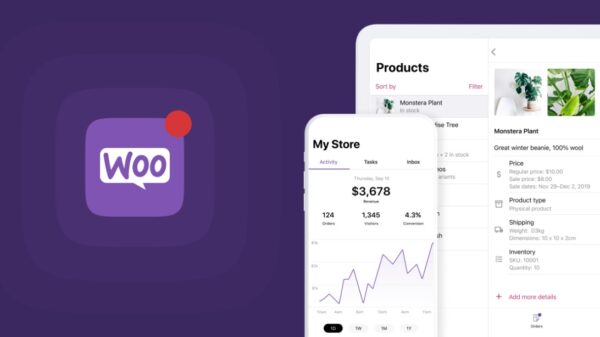WordPress is one of the most popular content management systems (CMS) in the world, and WooCommerce is one of the most popular eCommerce platforms on WordPress. So naturally, you might think that WooCommerce would be a good fit for your website. But is it?
How does WooCommerce work?
WooCommerce is a popular open-source eCommerce plugin for WordPress. It enables you to create a fully functional online store from scratch or to improve an existing WordPress site. It works by importing your existing online store into WordPress and then allowing you to manage all of the content and activity through the WordPress admin area.
Because it runs on top of WordPress, it can speed up your website considerably. When you install WooCommerce, it automatically imports all of your purchased products and product data into WordPress. This means that you don’t have to manually enter this information – WooCommerce takes care of everything! Additionally, because it integrates with the rest of your WordPress site so well, adding new products or modifying existing ones is easy peasy – no coding required!
Do WooCommerce plugins slow down WordPress?

The speed of your WordPress platform will vary depending on the number of plugins and themes you have installed, the type of WordPress installation, and the configuration of those plugins and themes. However, in general, WooCommerce can tend to slow down WordPress when you have a lot of active plugins and/or themes.
If you’ve noticed that your website is taking longer to load or feels sluggish overall, it’s possible that WooCommerce is contributing to that slowdown. To test how much WooCommerce is affecting your WordPress performance, you can use free tools that measure how long it takes your web page to load from start to finish, including all requests made by the browser and any Ajax calls made by your site. This gives you an accurate snapshot of how responsive your site is overall.
If the test shows that WooCommerce is impacting your website’s performance significantly, there are a few things you can do to improve things: First, make sure that all of your active plugin and theme updates are applied. Second, consider disabling some of your more unused plugins and themes. Finally, consider using a dedicated shopping cart plugin such as Shopify’s Cart66 or b2evolution’s WP eCommerce instead of using WooCommerce alone. All three of these plugins boast fast loading times thanks to their optimized codebase designs.
What can I do to speed up my WordPress site?
One of the most common complaints about WordPress is that it can take a long time to load. This is especially true if you have a lot of plugins and themes installed. There are a few things that you can do to speed up your WordPress site.
First, be sure to minimize the number of plugins and theme updates that you install. This will help reduce the amount of time that your site is taking to load.
You can also try using a booster for WooCommerce that you can find here. These plugins will cache your pages and posts so that they will load much faster the next time you visit your site.
Finally, make sure that your server is configured properly. You can optimize your WordPress site by disabling unnecessary features, disabling comments, and disabling automatic image resizing.
How much RAM do you need for WooCommerce?

There is no general answer to this question since the amount of RAM a WordPress site uses will vary depending on the number and size of images, videos, and other files being stored on the server, as well as the number and complexity of plugins and themes used. However, generally speaking, WooCommerce requires at least 4GB of RAM to operate smoothly. If you are using a plugin such as Jetpack or Gravity Forms that adds additional image or video storage requirements, then your total RAM needs could potentially be much higher.
WooCommerce database optimization
The first step in optimizing your WooCommerce database is identifying which areas are consuming the most resources. This can be done by reviewing your WooCommerce stats (available under the “Settings” tab) and noting which categories are using the most resources. Once you have an idea of which areas are consuming a significant amount of resources, you can begin to investigate potential solutions.
One common issue with WooCommerce databases is excess data storage. If you’re using it for a large online store, it’s important to keep track of how much data you’re storing and make sure that it’s necessary. One way to do this is by using Custom Field Analyzer (available under “Tools” > “Custom Fields”) to analyze your shop’s data and determine whether any fields are unnecessarily filling up space. If you find that a field is taking up too much space, consider removing it from your inventory or configuring it as a custom field instead.
Another common cause of inefficient databases is duplicate data. If different versions of products are stored in different locations within the database, it can lead to decreased performance and increased storage requirements. To prevent duplicate data from accumulating, you can use the “Duplicate Data Removal” function available under the “Tools” menu.
Finally, if your database is using too many resources, it may be time to consider switching to a different platform. There are a number of popular alternative eCommerce platforms that you can use in place of WooCommerce, such as Shopify or Magento. If you’re not sure which one is right for you, consult a qualified e-commerce consultant to help you decide.

Conclusion
WordPress is a powerful platform, but it’s not without its limitations. One of those limitations is how quickly WooCommerce can load pages. If your WordPress site relies heavily on this plugin, you may notice that it starts to slow down over time. This slowdown isn’t caused by WooCommerce itself — it’s actually due to the number of files and pages on your WordPress site. To speed up your WordPress site, try using plugins or boosters that can help you with the problem.




